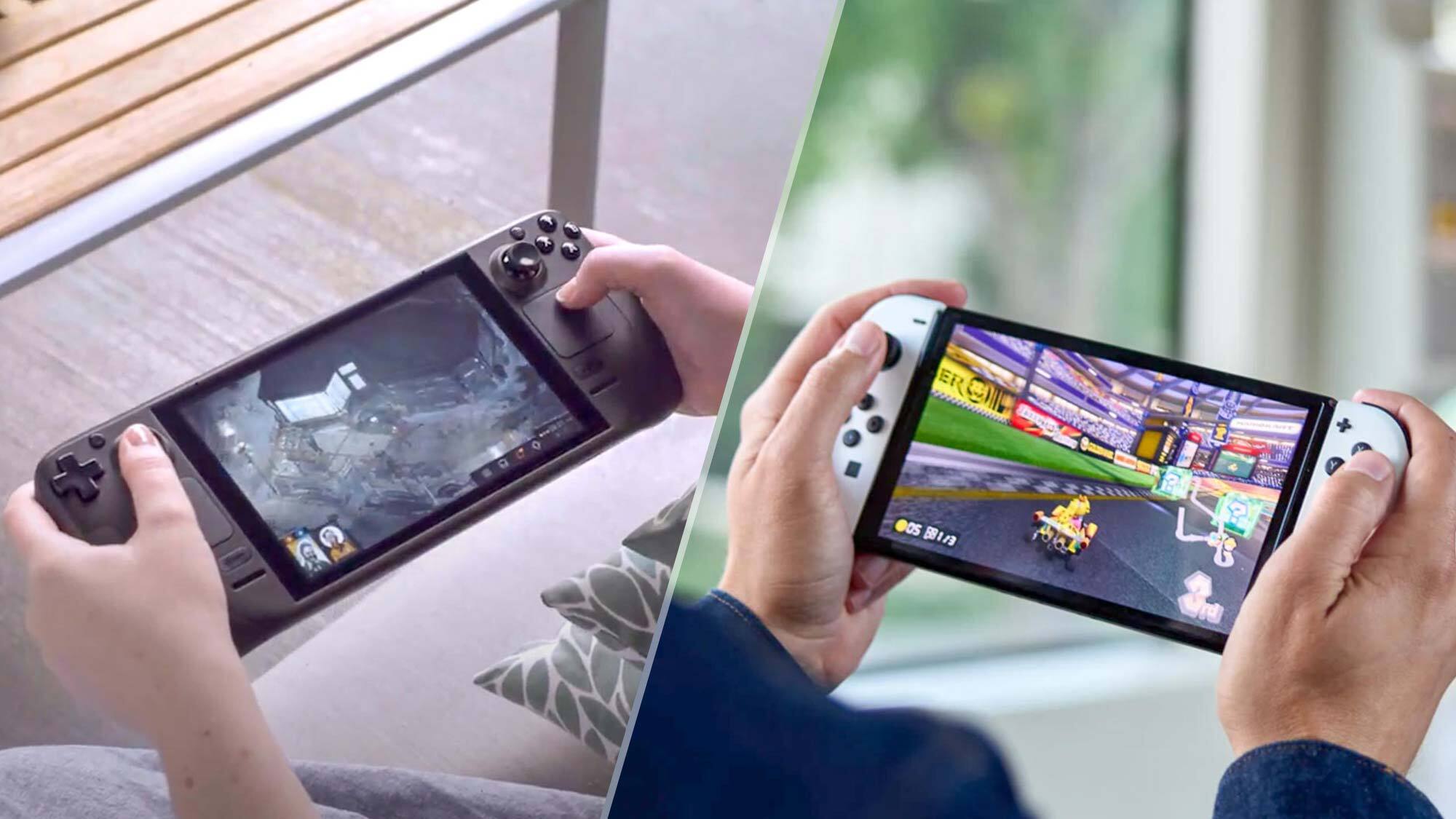The comparison between Steam Deck and Nintendo Switch is here. The Nintendo Switch has dominated the handheld gaming sector recently, with over 100 million units sold. It’s a well-known device for a reason, but now there’s a new opponent in the ring: the Valve Steam Deck, a portable gaming gadget that plays Steam games. Both machines have a lot in common, but if you’re on the fence, you’ll want to be familiar with each device so you can make an informed buying decision.
Comparison: Steam Deck vs Nintendo Switch
In this Steam Deck vs Nintendo Switch article; we’ll go through each system in detail, from specs to features to games to pricing and more. So, which gaming system is superior: the Nintendo Switch or the Steam Deck? Let’s have a look.
Steam Deck vs The Switch: Price
The cost of a product is often the most significant factor for many customers. What good is a machine with all of the bells and whistles if you can’t afford it? In this category, by far, the Switch wins. The basic Nintendo Switch costs $300, so if you only want a few games, you may spend less than $400 to begin with. The Steam Deck features several SKUs, including the $399 model with 64GB of storage, the $529 edition with faster storage and 256GB of memory, and the $649 version with the highest storage and 512GB of memory. The Steam Deck is the most expensive of all. It costs more than a Switch and numerous games, even if you buy the least-expensive model.
Of course, you get what you pay for, and having a large part of the Steam library at your fingertips is a significant advantage. The second consideration is that if you already own Steam games, the majority of them will be available to play on the Steam Deck right out of the box. You can certainly play your existing Steam games on this system without buying any games.
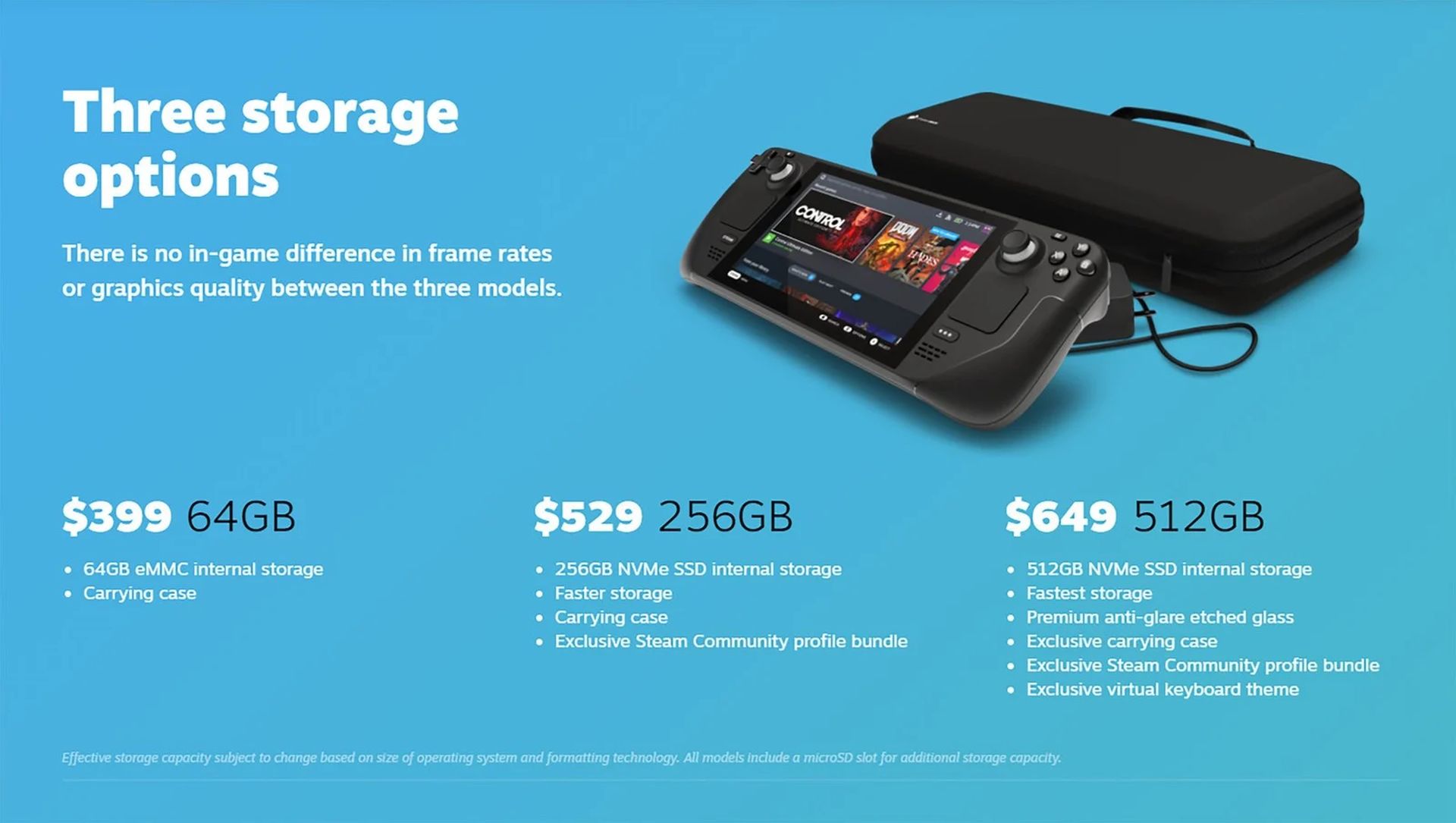
Buying accessories is another element to consider. The Steam Deck has fewer alternatives, but you may wish to invest in a controller or the optional dock when it becomes available in spring 2022. The Switch has a variety of controllers, carrying cases, extra memory, amiibo, and other accessories available, which can all add up quickly.
The fourth is that you can just walk into a store and buy a Switch system. While they do sell out from time to time, it’s far easier to get your hands on a Switch than a Steam Deck. As of right now, you must pre-order a Steam Deck on Steam before it releases. With an anticipated delivery date of October 2022 or later, you’ll still have to wait until then. So unless you’ve already reserved one for 2021, you won’t be able to get your hands on a Steam Deck anytime soon. That alone might persuade you to buy Switch.
Steam Deck vs The Switch: Design and features
The Nintendo Switch and Steam Deck appear to be the same devices on the surface, but they are vastly different. Yes, they allow you to play games on the go, but each is aimed at a different audience. The Steam Deck is a high-end gaming system that caters to a wide range of PC games, from family activities to action titles and epic role-playing adventures. As a result, the machine itself is rather large, weighing more than twice as much as the regular Switch with the Joy-Con attached.
When it comes to the Joy-Con, there are several different methods for combining and separating them. One option is to join them together and make them feel more like a regular gamepad. Alternatively, you may split them apart to utilize each Switch independently, which is something the Steam Deck lacks. It’s intended primarily for solo play.
The Switch is a flexible device that allows you to “change” between several gameplay styles. This implies you may detach the Joy-Con and play on the tabletop mode, connect the system to your TV to play on the big screen, or play it in handheld mode. The Steam Deck, by default, can only be used in handheld mode, but a dock will be available sometime in spring 2022, mirroring the Switch’s best feature.

The Steam Deck also includes a few more features in comparison to the Switch. The Steam Deck has a trackpad on either side of the screen, just below each thumbstick, which are meant to assist games that use touch controls. There are four buttons on the back of the device that may be remapped and customized.
The Switch is smaller and easier to transport. To increase its memory, it uses digital downloads or proprietary game cartridges, as well as microSD support. The Steam Deck also supports microSD cards, although because it only allows for digital downloads, memory is far more crucial. When you play a cartridge on the Switch, it does not take up system memory
In terms of performance, the Steam Deck wins out, supporting 1280p x 800p resolution in portable mode, whereas the Switch caps at 720p (and 1080p when docked). Ultimately, this may not matter much depending on the games you play, but third-party experiences will most likely look and run better on the Steam Deck.
In the end, both are fantastic, and each has features that are popular with particular audiences. The Switch takes a less complicated approach and tries to appeal to a larger demographic, whereas the Steam Deck is aimed primarily at “hardcore” gamers, as evident by its appearance and capabilities.
Steam Deck vs The Switch: Controllers
There are a plethora of controllers available for the Nintendo Switch. With so many options to choose from, it’s easy to feel overwhelmed when looking for the perfect controller for your needs. The Switch experience is all about choice, with numerous gamepads, Joy-Con, and controllers readily available to fit your demands. The Pro Controller is, without a doubt, the finest option for playing games on Switch because it resembles a regular PlayStation or Xbox gamepad. However, if you want to game on a budget or need something more flashy, you have several alternatives on Switch. You can utilize wired or wireless controllers, although only Switch-specific options are available.
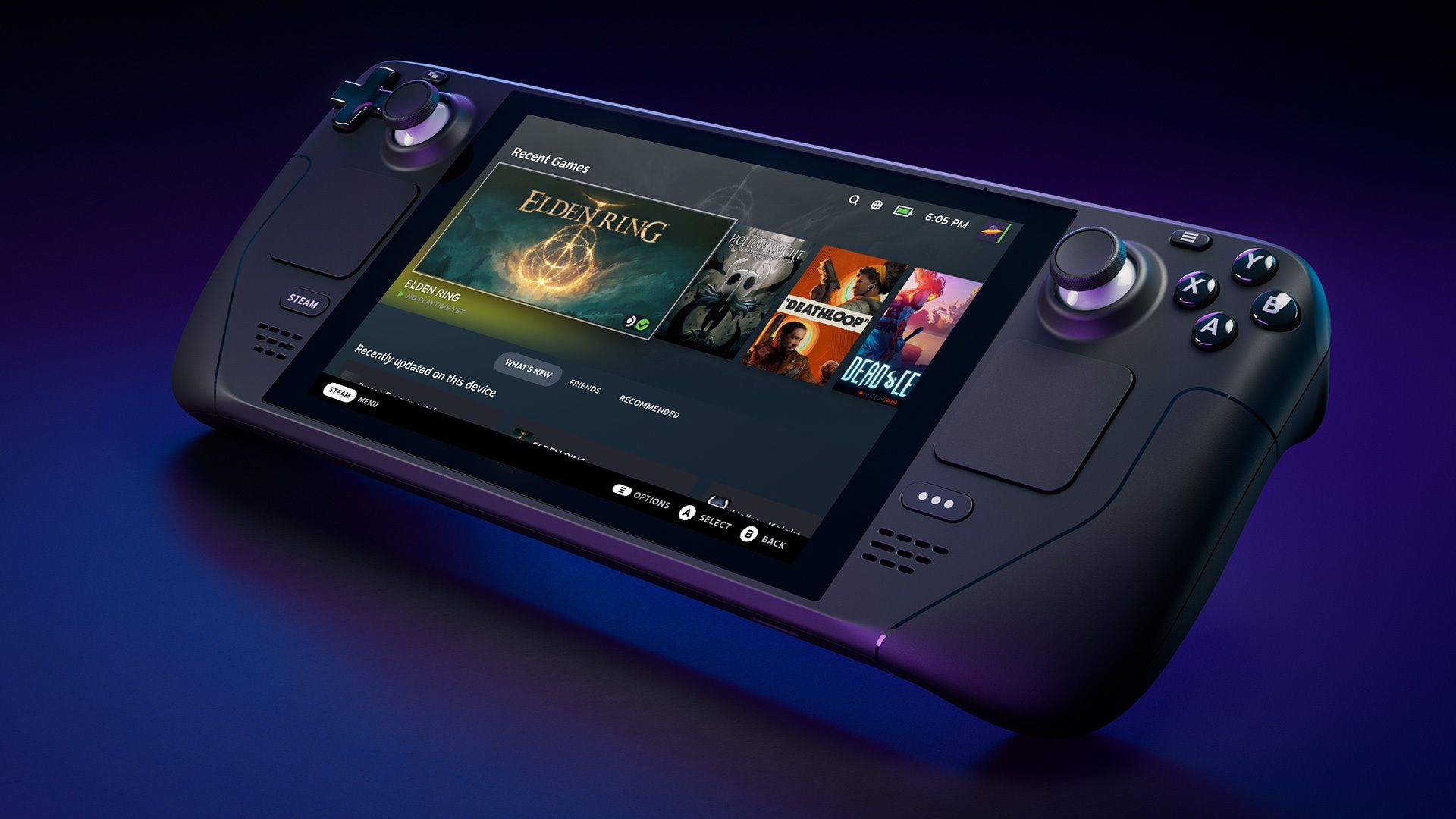
The Steam Deck, on the other hand, is superior in this area since it works with any current gamepad, regardless of whether it’s wired or Bluetooth wirelessly connected. The problem is that the device isn’t as straightforward to link a controller to as the Nintendo Switch, but if you’re willing to figure it out, you’ll appreciate the Steam Deck’s adaptability.
So when it comes to Steam Deck vs Nintendo Switch; both devices have a lot of alternatives, but Steam Deck offers you considerably more.
Steam Deck vs The Switch: Games
One of the most significant variables to consider when choosing between the two consoles is the games library. With a long history of high-quality series, Nintendo has a robust reputation. The Legend of Zelda, Super Mario, Pokémon, Animal Crossing, Mario Kart, Metroid, Kirby, and Fire Emblem are only a few of them. The Switch’s major selling point is its exclusive first-party titles, which the system boasts. It’s clear why so many Nintendo-published games have done well on Switch, such as Animal Crossing: New Horizons, Mario Kart 8 Deluxe, and The Legend of Zelda: Breath of the Wild.
A number of third-party games are accessible on the Nintendo Switch, despite the fact that it is mostly focused on first-party games. However, your experience may differ depending on how much you shop around. Some contemporary games, such as Doom Eternal, Fortnite, and Immortals: Fenyx Rising, work well enough on Switch. Others, like The Outer Worldsto name a few, aren’t up to snuff. The library includes a slew of previous third-party titles, such as BioShock, Borderlands, and The Witcher 3. However, the selection is hit or miss, with many modern third-party games skipping the Switch owing to the system’s low power.
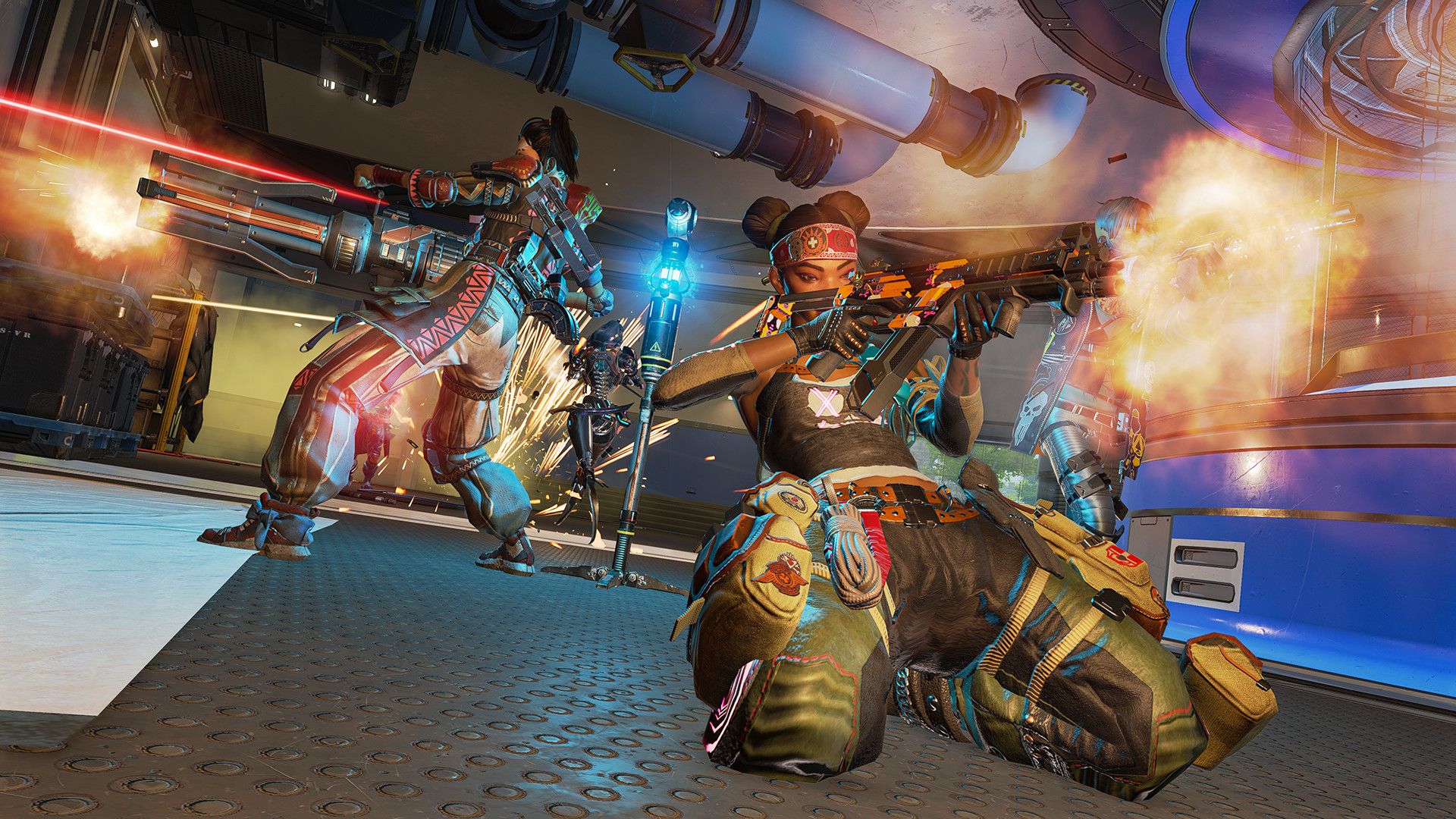
The Steam Deck, on the other hand, is a type of adapter that allows you to play almost any game released through Steam. You may see the complete list of valid games on the Steam site. Yes, there are some limitations and drawbacks, but for the most part, the library is robust, with recent installments like Elden Ring, Tunic, and even God of War recently published on PC. You won’t find any of Nintendo’s major franchises on Steam, so you’ll need to prioritize. Do you want the finest first-party Nintendo games of all time, or do you want a large selection of third-party games that run and appear surprisingly well on a portable? The problem is that, even if two systems have the same game like Apex Legends, it will almost always look and perform better on Steam Deck because it’s a PC.
Do you know the Best multiplayer games for PlayStation 4?
Conclusion
The Nintendo Switch and Steam Deck are two separate consoles that are marketed to two distinct audiences. Yes, both are capable of providing thrilling gaming on the move, but the Switch is more focused on Nintendo games, indies, and rare third-party experiences, whereas the Steam Deck is designed for a wider range of titles. If you’re looking for a game that combines elements of an online competitive shooter, an epic RPG, and an indie project, the Steam Deck is your best bet (if you can get one). Otherwise, if you want to have a more relaxed experience with friends in the same room, the Switch is a far superior choice. Both systems are excellent at what they do, so you’ll want to choose one that matches your game preferences and specifications as well as price.
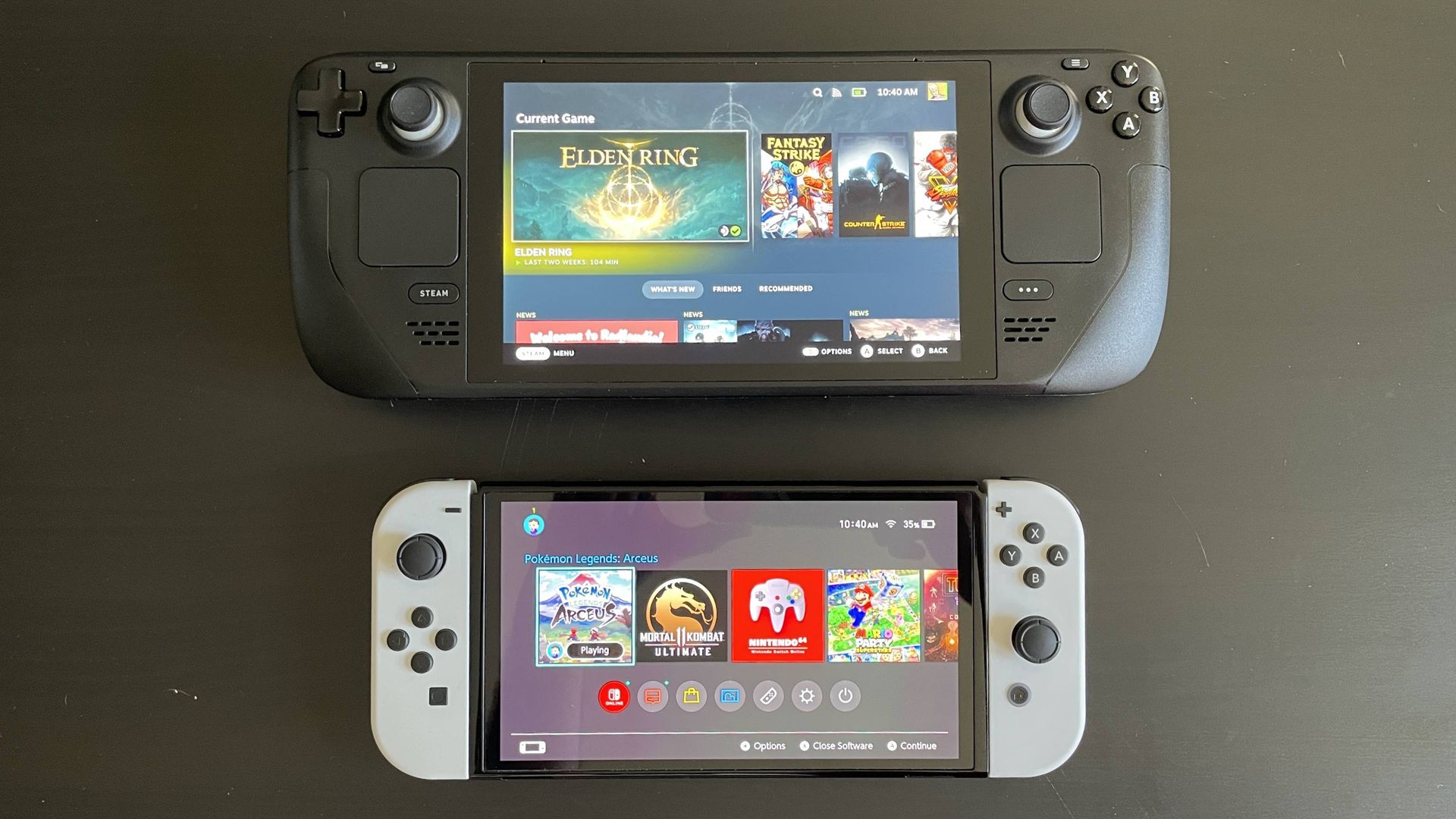
When it comes to a sheer number of games, the Steam Deck has the edge, but the Nintendo Switch’s strong first-party selection can’t be overlooked.
You can compare all the details above and more from the Specs table below.
Specs
| Steam Deck | Nintendo Switch | |
| Size | 4.6 inches high, 11.7 inches wide, and 1.8 inches deep | Approximately 4 inches high, 9.4 inches long, and .55 inches deep (with Joy-Con attached) |
| Weight | 1.44 pounds | .66 pounds (.88 pounds with Joy-Con controllers attached) |
| Screen | 7-inch LCD touchscreen | Multi-touch capacitive touch screen / 6.2-inch LCD screen / 1280 x 720 |
| CPU/GPU | AMD Zen 2/AMD RDNA 2 | NVIDIA Custom Tegra processor |
| Storage | 64GB eMMC / 256GB NVMe solid-state drive / 512GB NVMe SSD | 32GB of internal storage (microSD card expandable) |
| Wireless | Dual-band Wi-Fi radio, 2.4GHz and 5GHz, 2 x 2 MIMO, IEEE 802.11a/b/g/n/ac | Wi-Fi (IEEE 802.11 a/b/g/n/ac) |
| Video output | 1280p x 800p (16:10 aspect ratio) | Up to 1080p via HDMI in TV mode and up to 720p via built-in screen in tabletop mode and handheld mode |
| Audio output | Multichannel audio via DisplayPort over USB-C, standard USB-C, or Bluetooth 5.0 | Compatible with 5.1ch Linear PCM output with output via HDMI |
| Speakers | Stereo | Stereo |
| Buttons | A, B, X, Y, buttons, D-pad, L and R analog triggers, L and R bumpers, View and Menu buttons, 4 x assignable grip buttons | Power button/volume button |
| USB connector | USB Type-C | USB Type-C |
| Headphone/mic jack | 3.5mm stereo headphone/headset jack | 3.5mm 4-pole stereo (CTIA standard) |
| Game card slot | No | Nintendo Switch game cards |
| MicroSD card slot | UHS-I supports SD, SDXC, and SDHC | Compatible with microSD, microSDHC, and microSDXC memory cards |
| Sensor | Ambient light sensor | Accelerometer, gyroscope, and brightness sensor |
| Operating environment | 32 to 81 degrees / Up to 85% non-condensing relative humidity | 41 to 95 degrees / 20% to 80% humidity |
| Internal battery | 40Whr | Lithium-ion battery/4310mAh |
| Battery life | Approximately 2 to 8 hours | Approximately 4.5 to 9 hours |
| Charging time | Approximately 3 hours | Approximately 3 hours |
| Availability | Available to pre-order | Available now |
| Price | $399 (64GB) / $529 (256GB) / $649 (512GB) | $300 |

